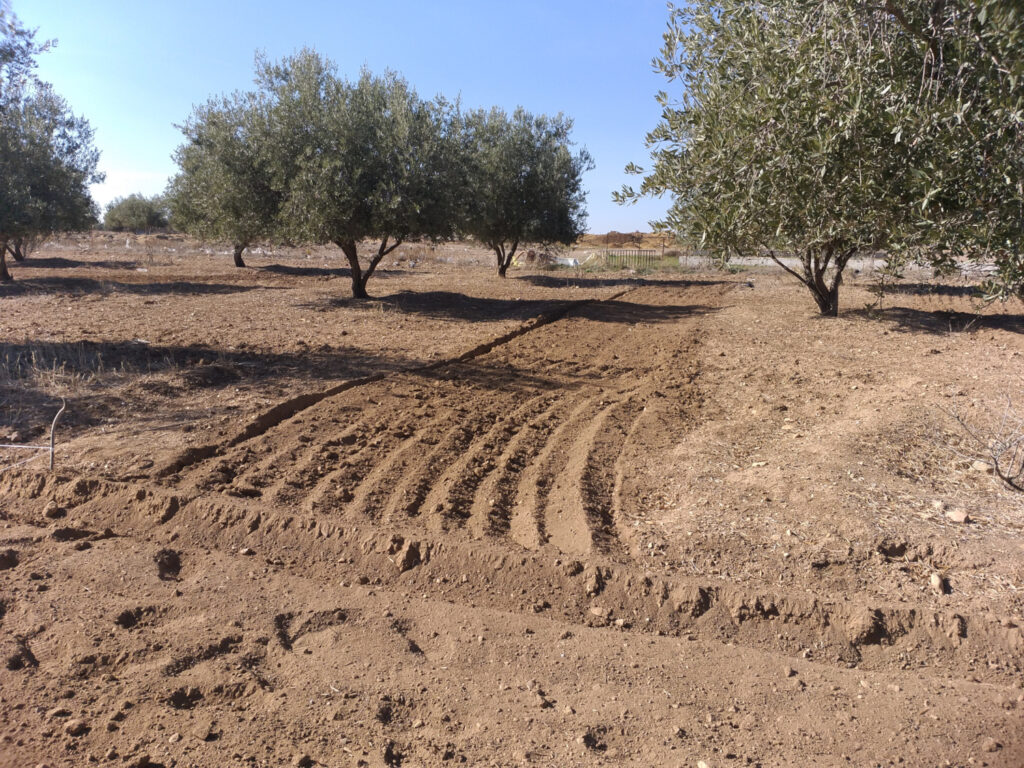In this case study, we co-designed innovative intercropping systems based on arable crops with stakeholders, and tested them in field experiments and through modelling. On this page, you can have glimpse of the work that was performed and the main results obtained in the three approaches (stakeholder workshops, field experiments and modelling).
Stakeholder workshops and field visits
The first participatory workshop on Co-design and co-evaluation of Highly-diversified farming systems was organized in June 10th, 2021, University of FERHAT ABBAS, SETIF, ALGERIA
HSD alternatives co-designed:
Intercropping: barley-pea

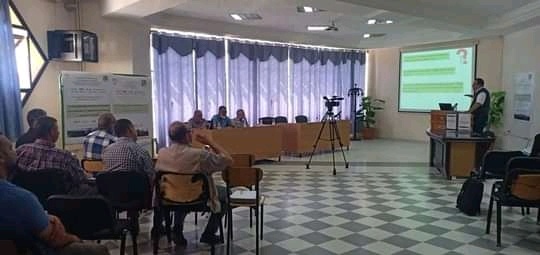
The first participatory workshop on Co-design and co-evaluation of Highly-diversified farming systems
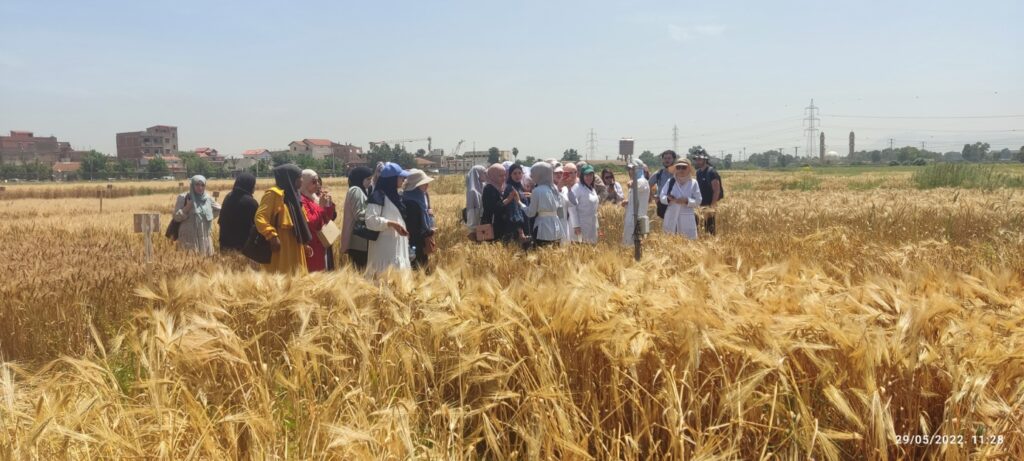
Field visits by teacher-researchers and university students
Field experiments
The stydy of arable intercropping system was performed through randomized experiments of pea-barley crop association. The main characteristics of the experiments were:
- Pea-Barley intercropping system vs monoculture
- Organic farming system (Reduced tillage without nutrients fertilization)
- Under rainfed conditions
- Unde contrasted pedoclimatic conditions
- Two types of settings: agronomic station (at the experimental station of the technical institute for field crops, Algiers platform) and in farmers’ plots

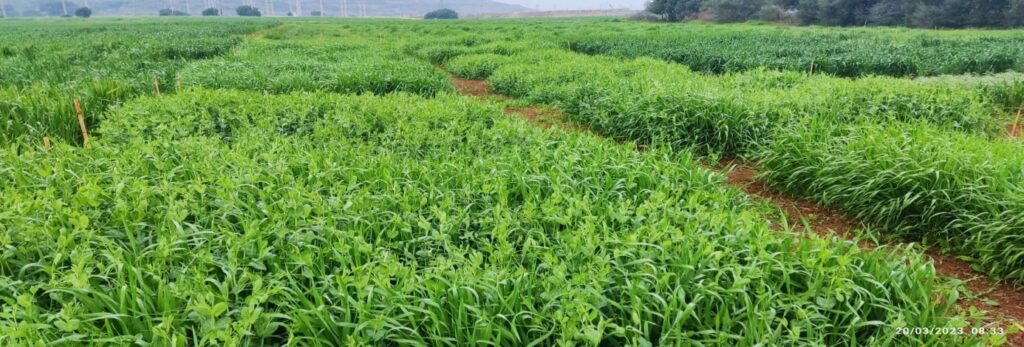

Studied crops

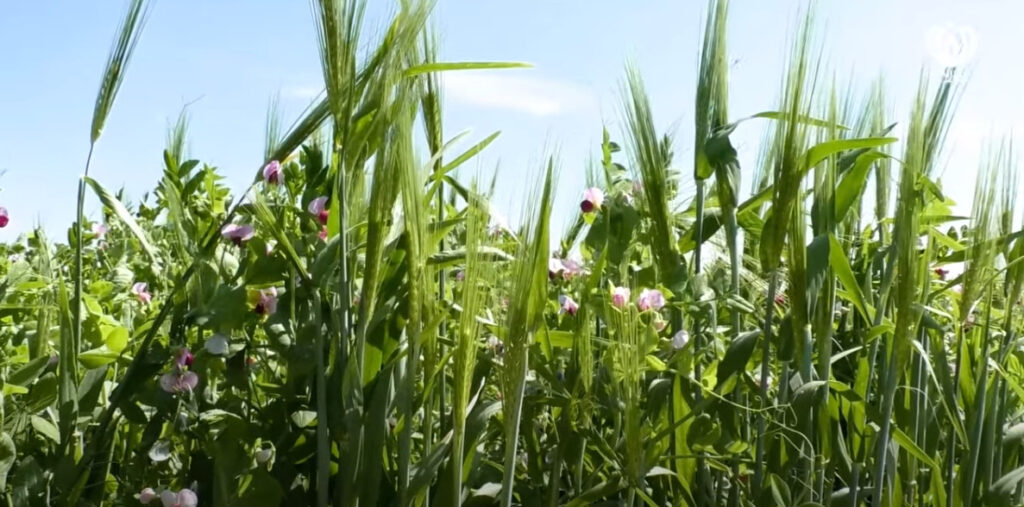
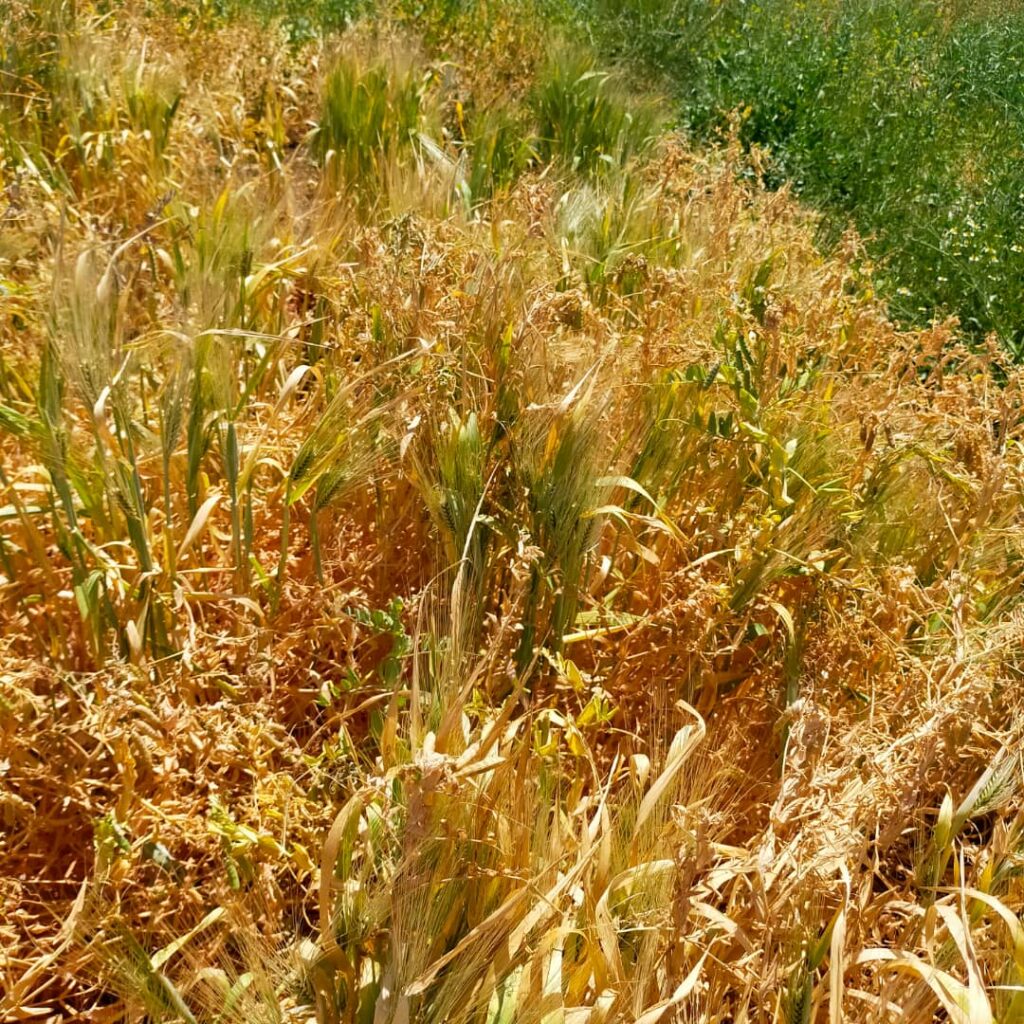
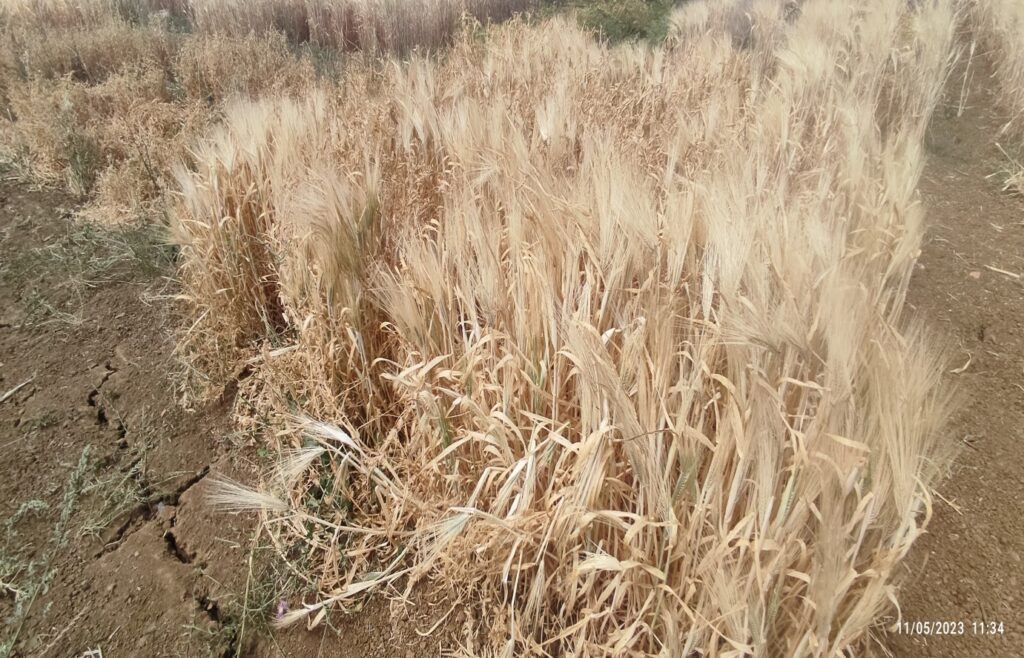
The studied crops were pea, barley, and the pea-barley association.
Summary of modelling results
The modelling activities aimed at:
- Calibration and evaluation stics model
- co-evaluation of Highly-diversified farming systems
- Modelling human health risks from pesticide use in innovative legume-cereal intercropping systems BROWSe model)
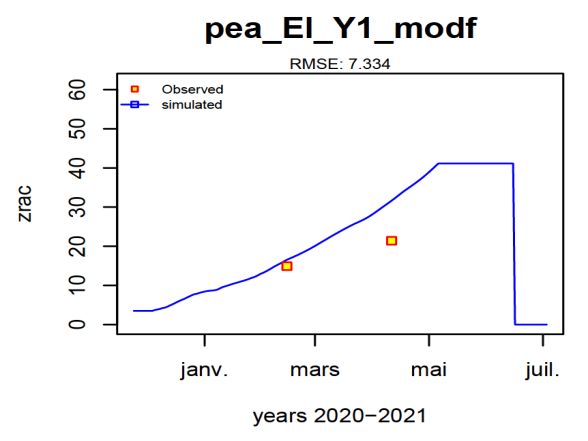
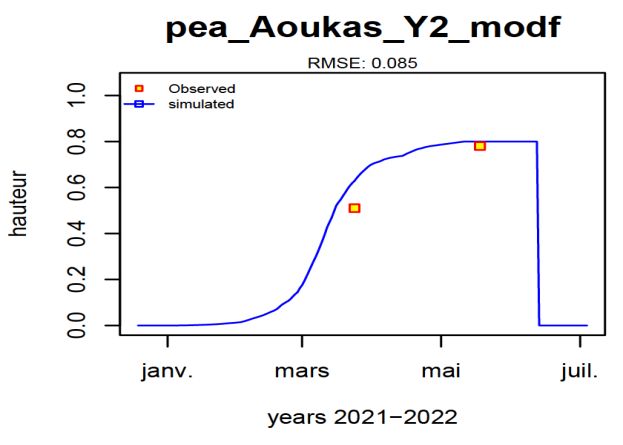
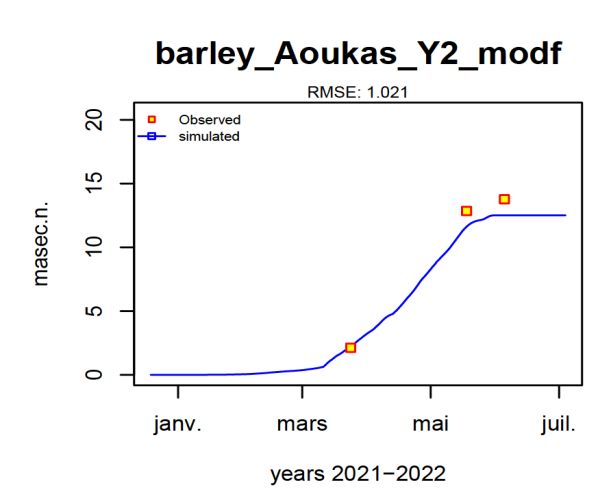
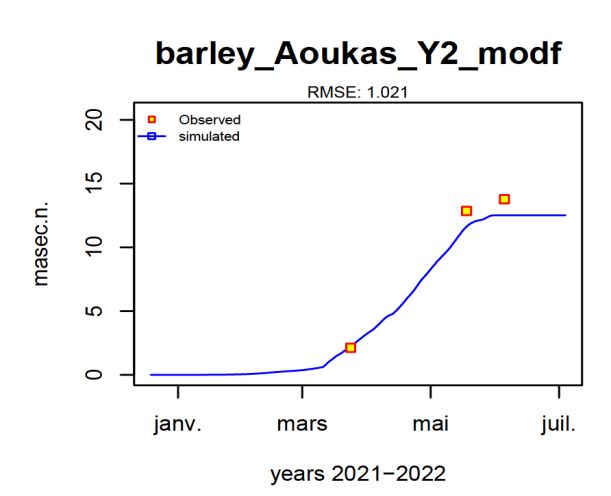
Calibration and evaluation of the STICS soil-crop model on pea and barely mono and intercropping system with two seasons 2020-2021 and 2021-2022 data base
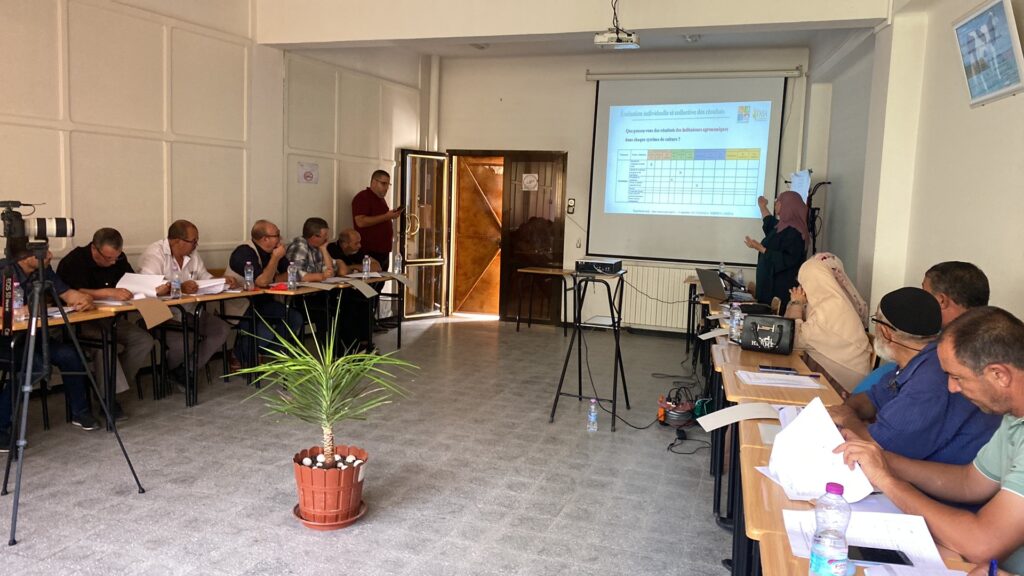
Final words
Mr. Rachid BOUKHLIF, a farmer involved in Biodiversify, said:
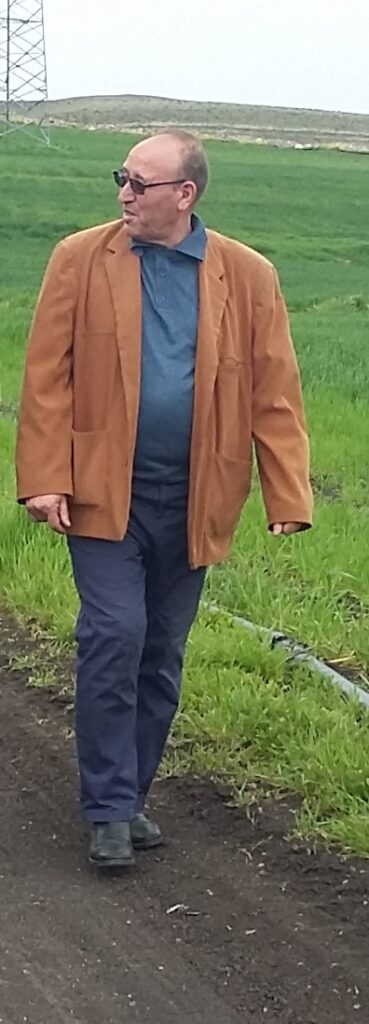
I am already practising crop diversification on my farm, through rotation and crop association. My collaboration in this project has given me access to new knowledge and possibilities for diversification, as well as giving me the opportunity to be a stakeholder and a driving force behind new systems to be proposed and studied.
Rachid BOUKHLIF
Links to relevant practical abstracts, relevant papers…. Produced in this case study
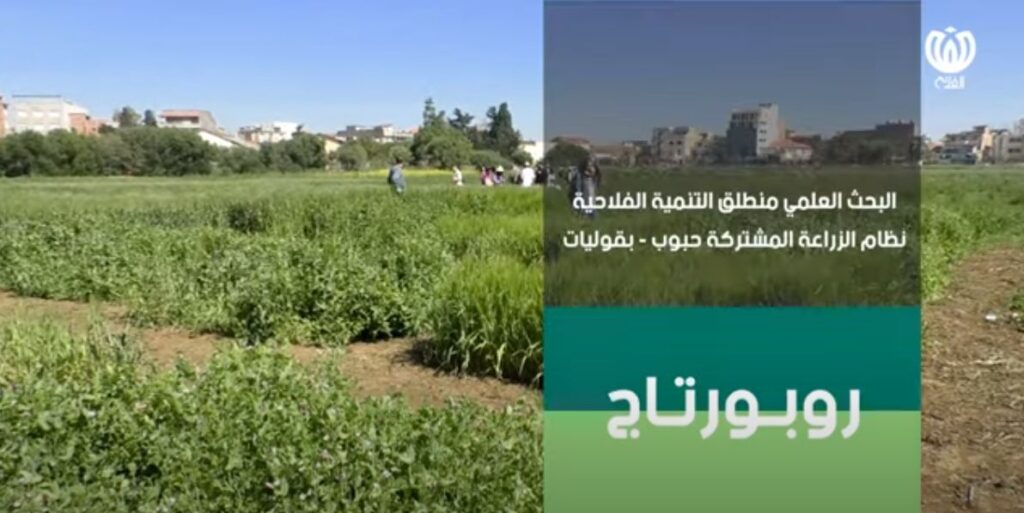
Film on the activities carried out by the biodiversify project (PRIMA S2) at the alger station of the technical institute for field crops: https://youtu.be/WWDtC6LFzTY
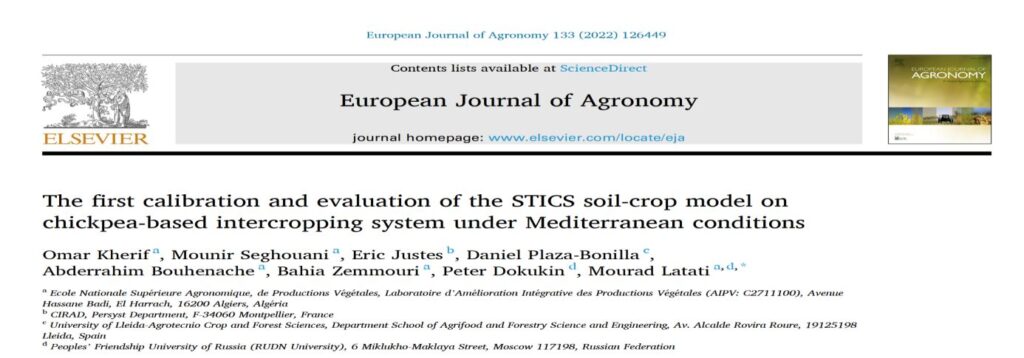
https://doi.org/10.1016/j.ecoenv.2022.113590

https://doi.org/10.1016/j.ecoenv.2022.113590
Diversified arable rotation and intercropping of cereal-legumes in the Setif Plain


